Introduction to coffee bean roasting how to distinguish the characteristics of coffee beans with defective beans
The roasting of coffee beans is like the cooking of ingredients. The roaster's knowledge of raw coffee beans is as important as the chef's understanding of ingredients. Chefs have to experience loading before going to the stove, in order to do a good job in basic skills.
The same is true of roasting, before tampering with the roaster, a comprehensive understanding of raw coffee beans lays a decisive foundation for future roasting. As the book "baked beans Daquan" said, the correct judgment of raw beans is the first step in baking!
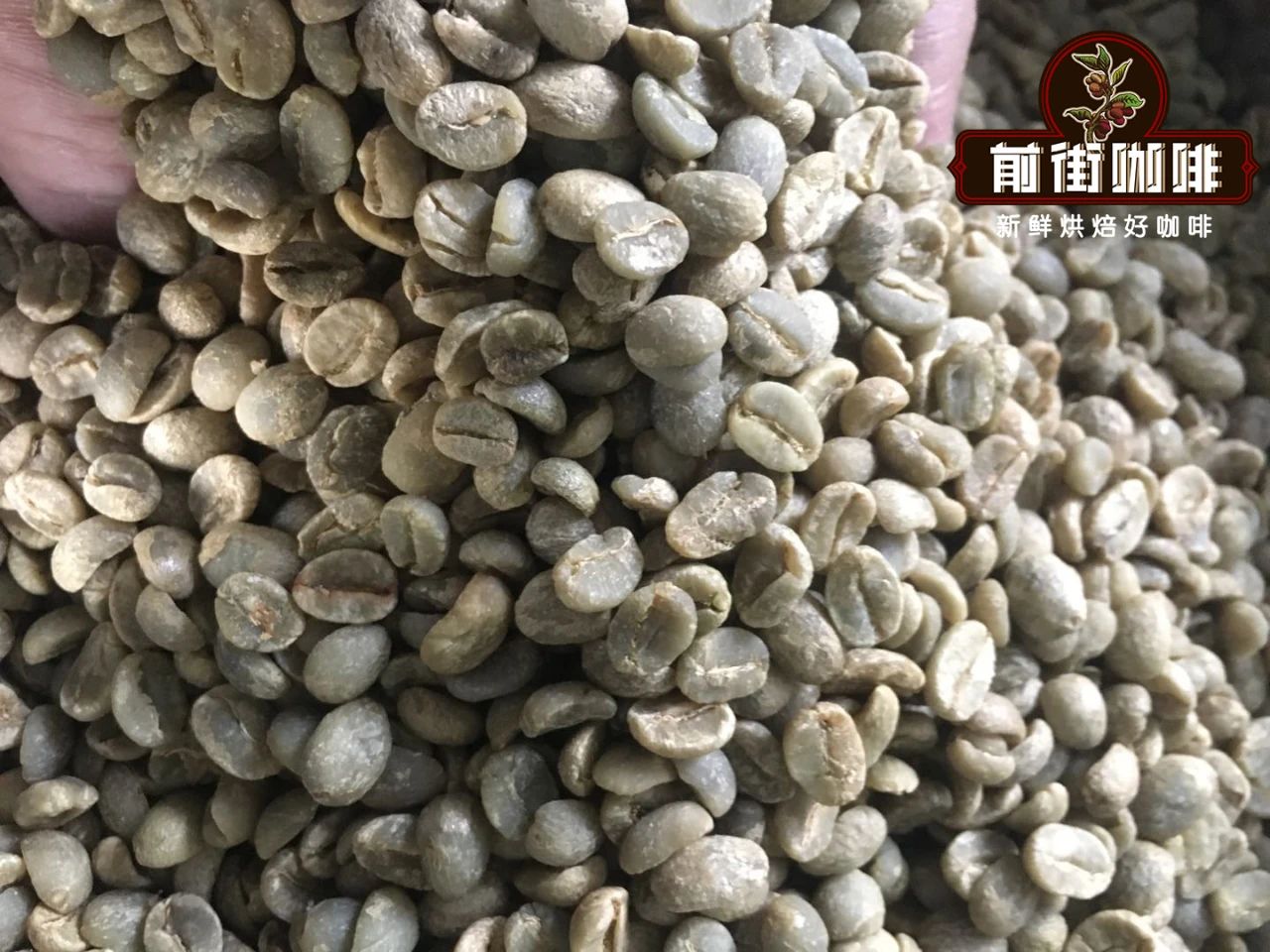
The knowledge of raw beans necessary for coffee roasting
For roasting beginners, first learn to identify what kind of coffee beans you want to bake, moisture content, hardness, size and other information, and will simply identify and screen defective beans.
Coffee variety
At present, it is mainly divided into two major coffee varieties: Arabica and Robusta. Arabica small-grain coffee mainly grows in high altitude areas above 1200 meters, with hard beans and good flavor. Robusta medium-grain coffee is born in low altitude areas. Because there are relatively few lipids (sources of fruit and flowers), caffeine and chlorogenic acid (source of bitter coffee), the flavor is slightly inferior to Arabica coffee beans.
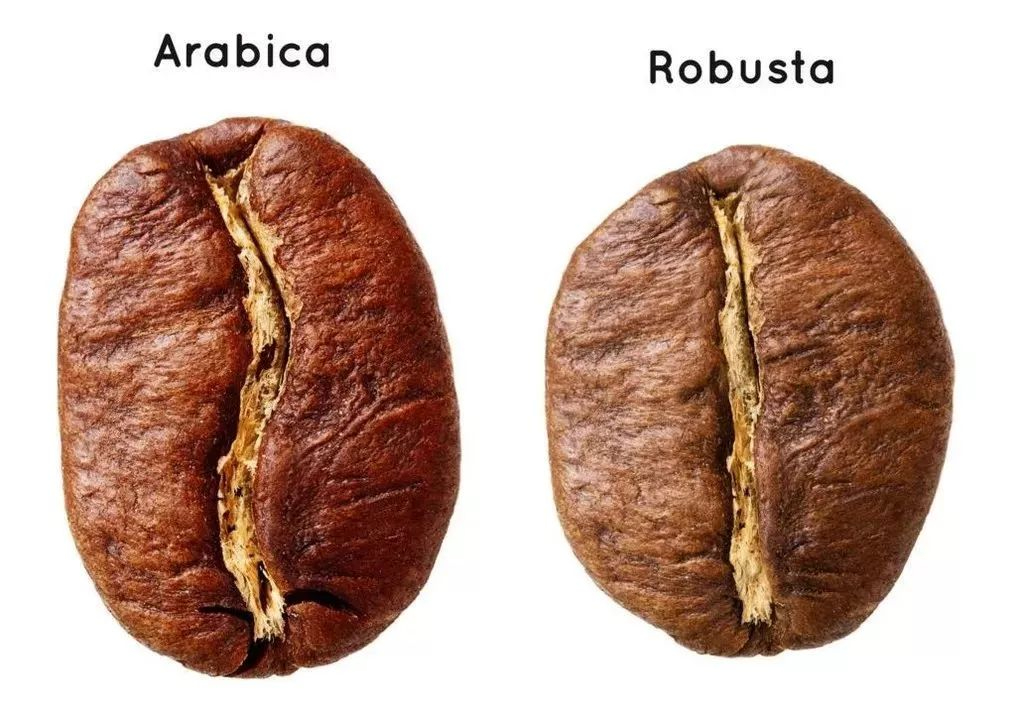
Moisture content, hardness and size
The moisture content, hardness and particle size of raw coffee beans will affect the roasting strategy. The moisture content of treated raw coffee beans varies from 10% to 13%, and the moisture content of coffee beans in the new season will be higher. With the passage of time, after one year of storage, the moisture content of raw coffee beans may be reduced to less than 10%. Of course, the storage environment is also very important, stored in a high humidity environment, the moisture content of coffee beans will be increased, on the contrary, stored in a dry environment, the moisture content of coffee beans is more stable and slowly decreased.
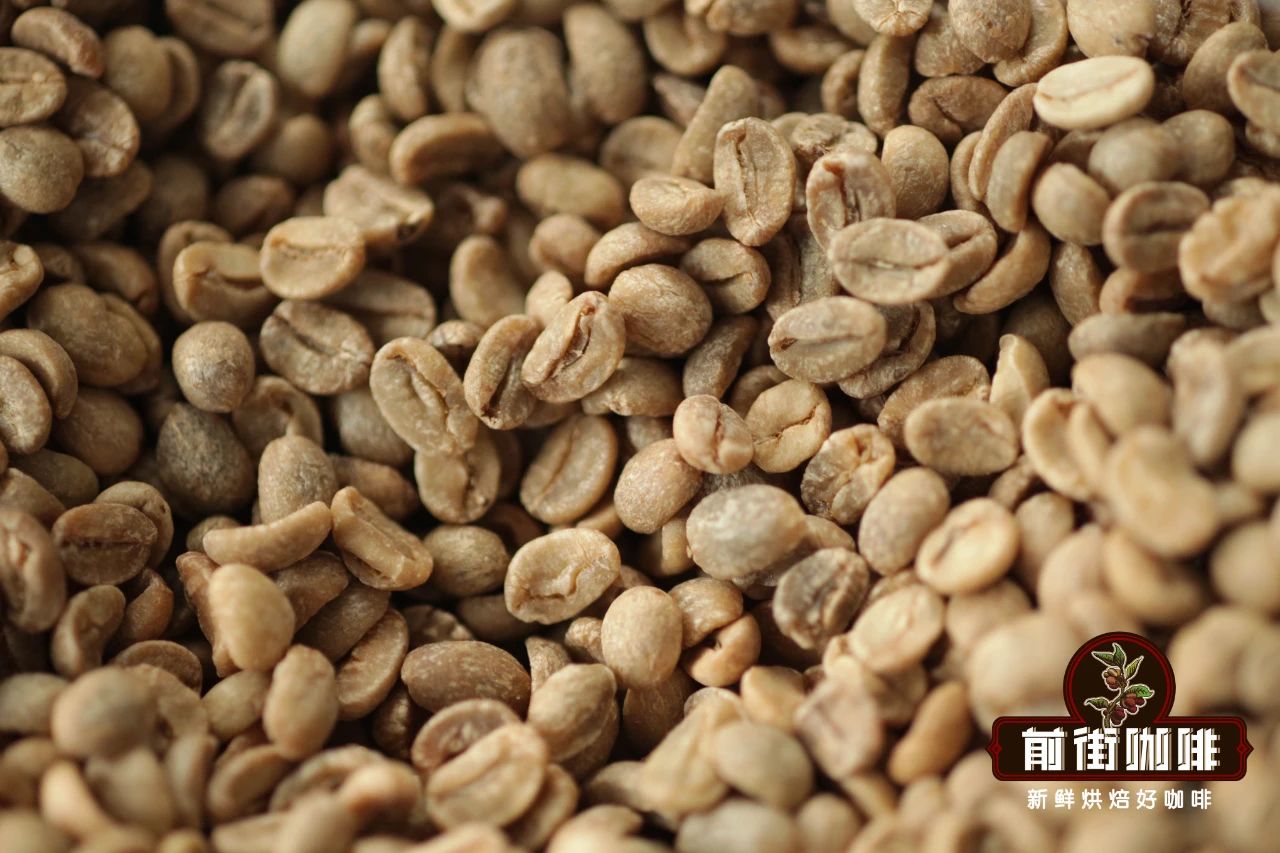
Hardness is density, generally speaking, the higher the altitude of the same variety of coffee beans is, the harder the bean body is, then the heat is transferred into the bean core more slowly from the outside, the dehydration period will be prolonged accordingly, and the firepower should be adjusted accordingly.
The size of coffee particles will also have an effect on the method of baking. Large-grain coffee beans can easily lead to uneven heating of bean surface and core because the baking rhythm of large-grain coffee beans is too fast, so it is necessary to prolong the dehydration period to reduce the heating rate. For coffee beans of different sizes in Ethiopia, we should pay more attention to the control of firepower when roasting to avoid uneven heating and entrainment.
Understanding defective beans is a compulsory course in baking.
No matter how high-quality raw coffee beans, there will be defective beans, so in the baking process, you should try to avoid defective beans into your boiler, if the baker does not check the quality of raw beans in the baking stage, mixed with defective beans to bake, then its flavor will also be affected.
After all, defective beans will appear in the links of harvesting, processing, transportation, storage, roasting and so on. The grade and quality of coffee producing countries only ensure the state before export, and it is up to us to check after that.
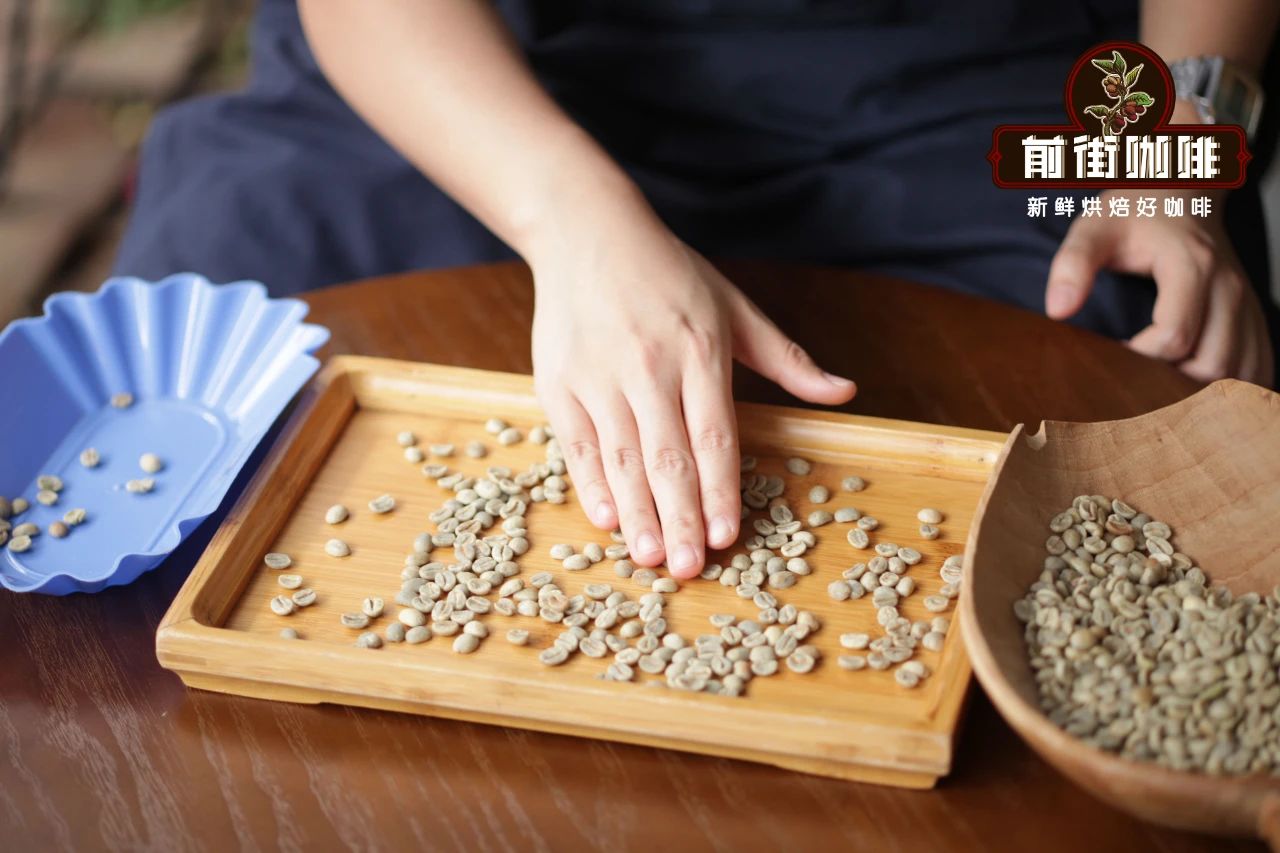
So as a roaster rookie, you should at least distinguish which are defective beans ↓↓↓.
Shell beans / broken beans
Beans that become shell-shaped because of coffee growth and development problems are called "shell beans"; damaged beans caused by human factors such as processing or transportation damage are called "broken beans", both of which can cause uneven baking. This kind of defective beans will cause the coffee to have a thin taste and lack of flavor.
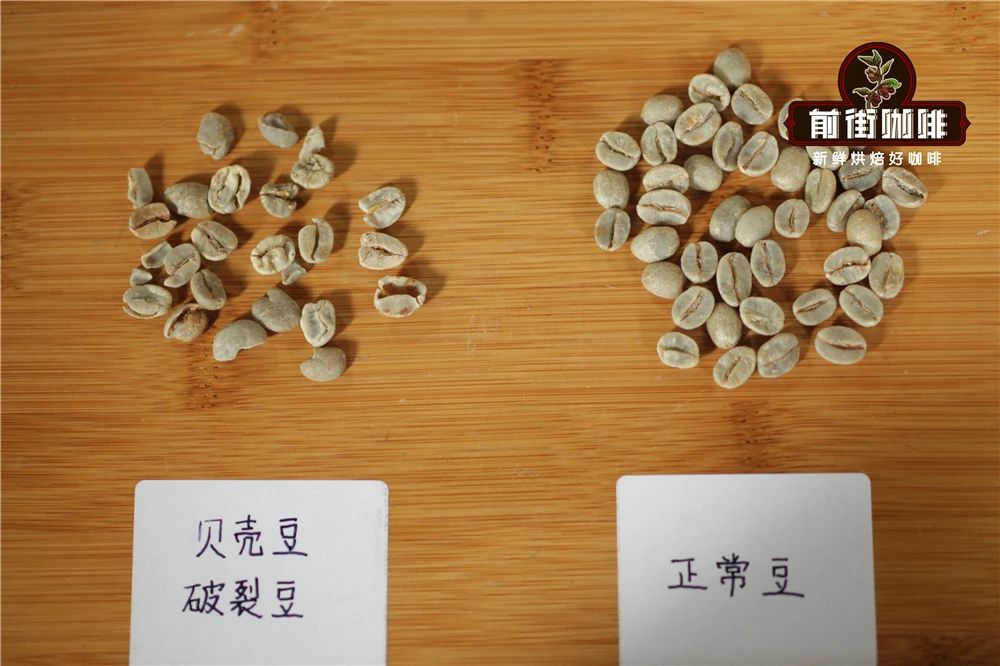
Fermented bean
When treated by water washing, polluting fermented beans are produced in the fermentation tank. Delayed processing or improper preservation can also occur after harvest, and beans will smell funny when baked. If you fall into the coffee, it will make the coffee sour and stinky, which is harmful to your health.
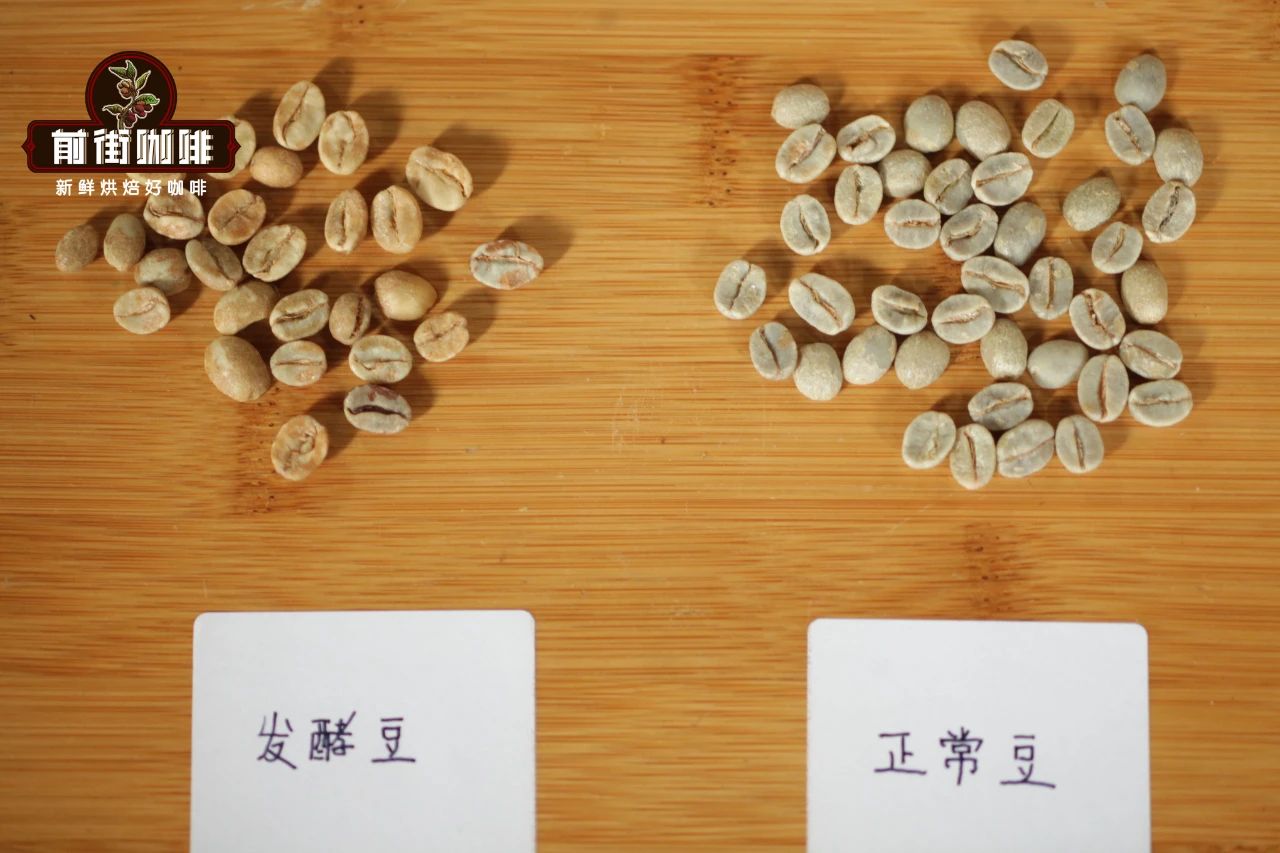
Moth-eaten bean
Because pests such as coffee bark beetles lay eggs on coffee trees, and the hatched larvae eat coffee fruits to form cavities, which is the cause of coffee turbid taste or potion taste.
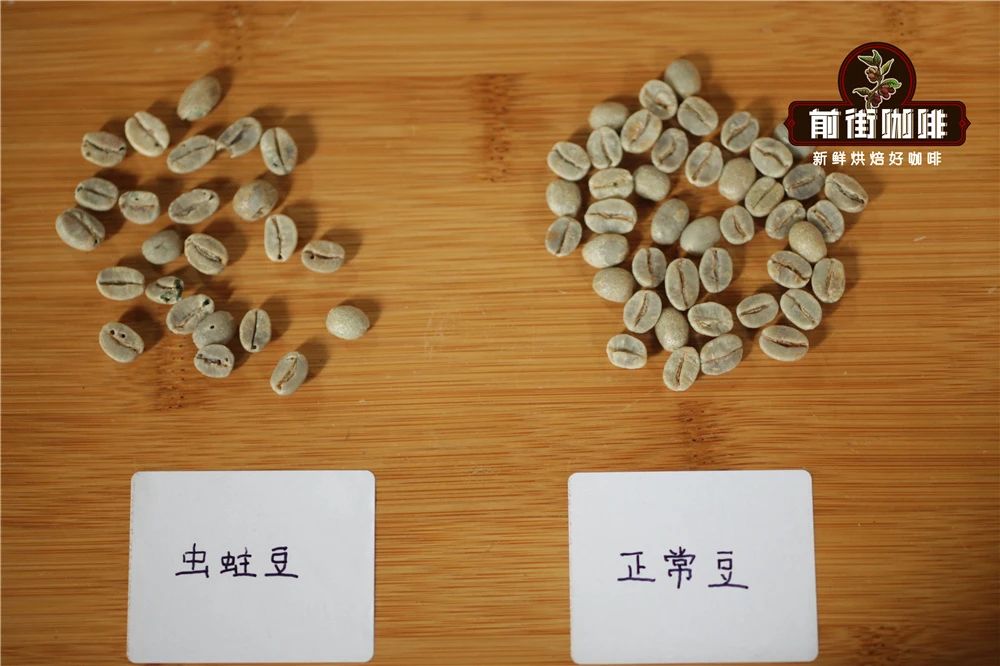
Moldy bean
Beans that are moldy due to incomplete drying, transportation or improper preservation will remain moldy even after baking. In addition, broken beans and worm-eaten beans can also cause mildew due to water vapor invasion and mold.
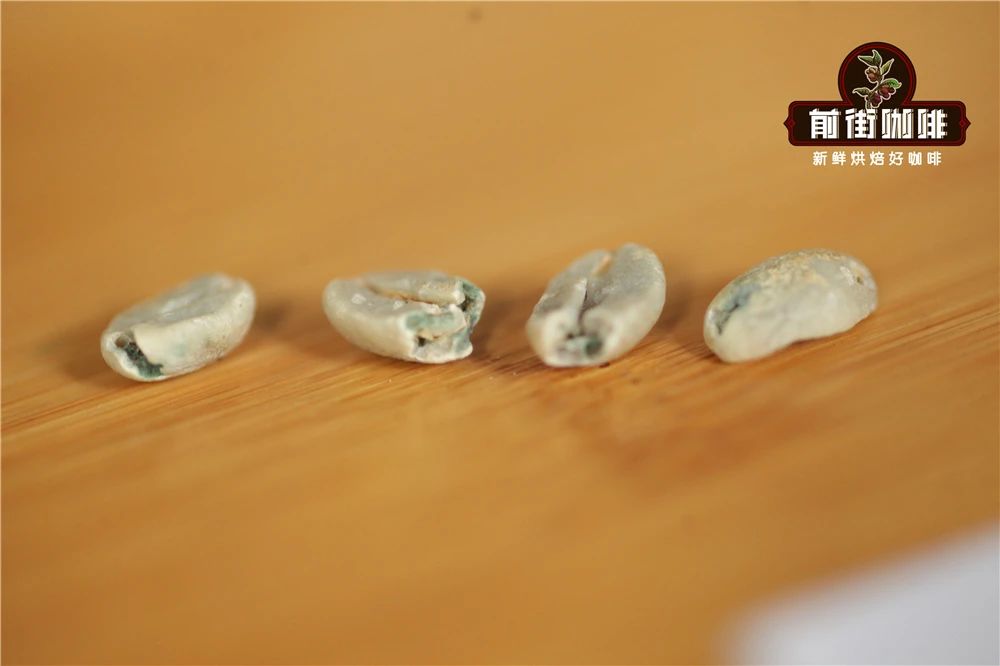
Because it is so obvious that there is no comparison.
Black bean
The most prominent feature of black beans is that the outside of black beans is completely or partially blackened, and the causes of black beans are very complicated. coffee tree disease, coffee fruit falling to the ground after ripening and pollution, excessive fermentation in the coffee bean treatment process, damp infection in the drying process may be caused. Black beans contain smelly, which will affect the flavor and health of coffee if not removed.
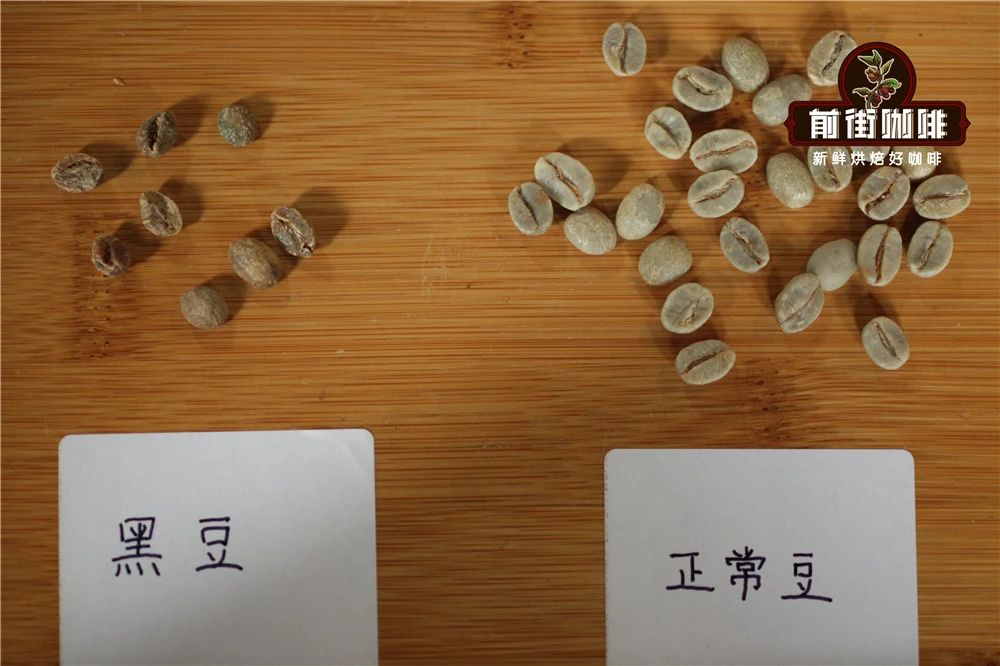
Baimu bean
Also known as "Quaker". These beans are not easy to find when they are raw, but they become obvious after baking. Generally there will be fried melon seeds, but also let the coffee appear salty and astringent taste. As a result, Baimu beans are picked immature fruits when picking coffee fruits, which are no different from ordinary raw beans after peeling, so it is difficult to find them.
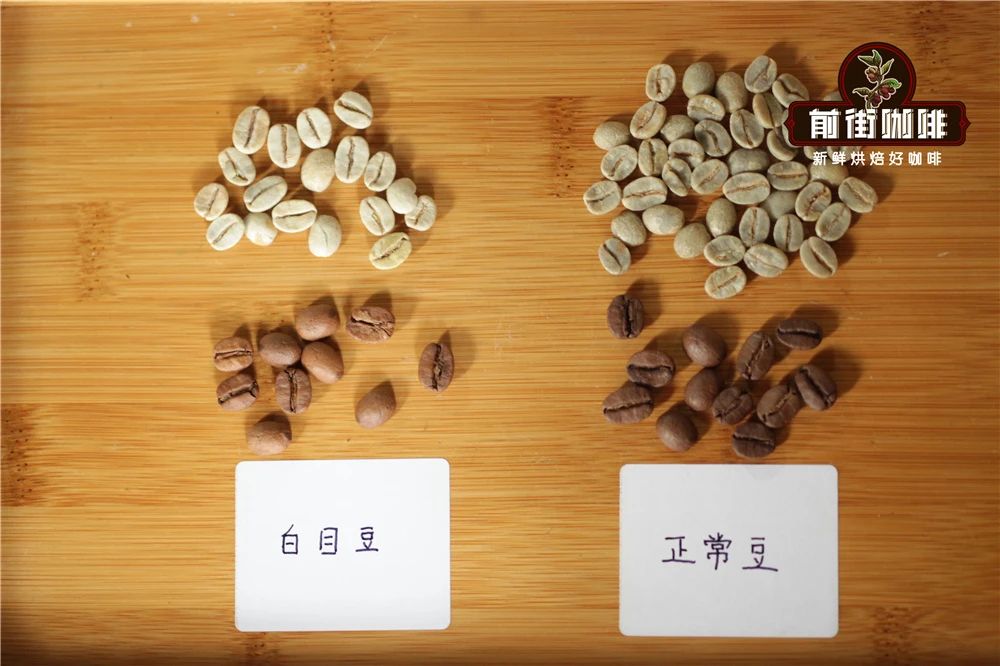
If you find the above defective beans in the beans that need to be baked, please remove them!
Important Notice :
前街咖啡 FrontStreet Coffee has moved to new addredd:
FrontStreet Coffee Address: 315,Donghua East Road,GuangZhou
Tel:020 38364473
- Prev

General situation of coffee varieties what are the main varieties of coffee?
Professional coffee knowledge exchange more coffee bean consultation Please follow the coffee workshop (Wechat official account cafe_style) Plant Taxonomy, coffee is a member of the Rubiaceae family, there are at least a hundred coffee species under it, and about 80 coffee tree varieties have been identified, of which three are cultivated for drinking coffee, namely Arabica coffee and Robusta coffee
- Next
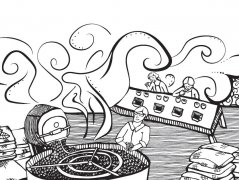
What is the principle of roasting coffee beans? What professional terms do you need to know to learn coffee roasting
The guide goes on to the previous lesson. After learning about the ingredients, this class will learn the principle of coffee roasting and some coffee roasting terms. The so-called coffee roasting is very similar to food cooking, using heat to make food tastier, more smellable, and more beautiful. The purpose of learning roasting is to find the most suitable roasting method for coffee beans. Know about the roaster
Related
- Detailed explanation of Jadeite planting Land in Panamanian Jadeite Manor introduction to the grading system of Jadeite competitive bidding, Red bid, Green bid and Rose Summer
- Story of Coffee planting in Brenka region of Costa Rica Stonehenge Manor anaerobic heavy honey treatment of flavor mouth
- What's on the barrel of Blue Mountain Coffee beans?
- Can American coffee also pull flowers? How to use hot American style to pull out a good-looking pattern?
- Can you make a cold extract with coffee beans? What is the right proportion for cold-extracted coffee formula?
- Indonesian PWN Gold Mandrine Coffee Origin Features Flavor How to Chong? Mandolin coffee is American.
- A brief introduction to the flavor characteristics of Brazilian yellow bourbon coffee beans
- What is the effect of different water quality on the flavor of cold-extracted coffee? What kind of water is best for brewing coffee?
- Why do you think of Rose Summer whenever you mention Panamanian coffee?
- Introduction to the characteristics of authentic blue mountain coffee bean producing areas? What is the CIB Coffee Authority in Jamaica?

